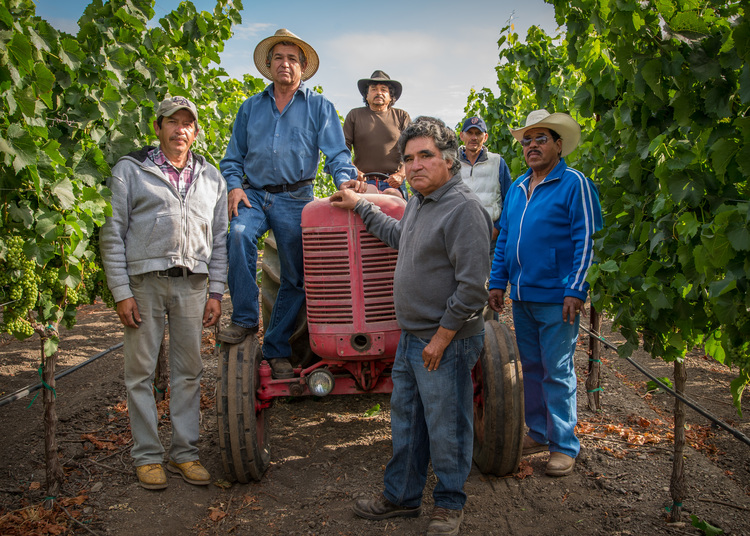We use cookies to optimize your experience, analyze traffic, and personalize content. To learn more, please visit our Privacy Policy.
By using our site without disabling cookies, you consent to our use of them.
Our sustainable methods of farming began in 1927 and continue to evolve today.
Erosion prevention techniques including cover crops, straw wattles and riparian strips are a big part of our commitment to sustainability and preserving our land.
We have employed many sustainable methods of farming ever since we began cultivating our soil in 1927. Over the decades we have gradually increased these practices. We are proud to say that in 2015 we attained 100% sustainable certification for all of our vineyards granted by the California Sustainable Winegrowing Alliance (CSWA). Our efforts are in alignment with Sonoma County’s commitment to become the first wine region in the U.S. that is 100% sustainable by 2019.
Our sustainable approach enables us to meet the needs of today and help ensure future generations will meet their own needs. As a third-generation family business, we consider how decisions we make today will impact the environment, our children, grandchildren, the industry, and the community at large.

A pressure bomb estimates the water potential of plant tissue, to avoid water waste.

As sustainable farmers we commit to being environmentally conscientious with our farming practices; economically viable as a business; and socially responsible in how we treat our employees, neighbors, clients, and community. The result is clear: the land is preserved in agriculture with low environmental impact; employees are trained, safe and treated with respect; clients share our win/win relationships; and the business endures.
We simply could not exist as a sustainable business without our dedicated employees, many of whom have been with us for decades.
Conserving water and taking good care of the creeks and watershed is fundamental to our commitment to sustainabilty.